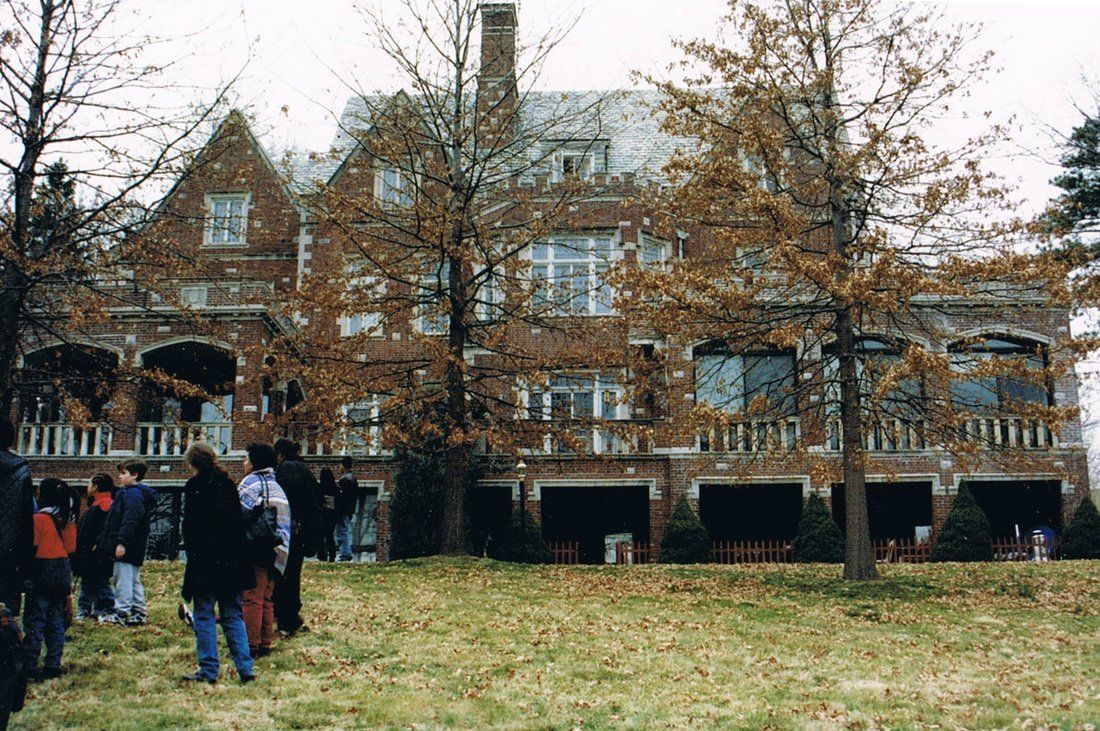Peekskill Underground Railroad Keeps History Alive
“To me having the Harriet Tubman statue in Peekskill means that the work we have been doing is significant to African-Americans and the community,” says Lafern Joseph, owner of The Fern Tree and co- founder of the Peekskill Underground Railroad Tours. “We have been doing positive educational work and it is important for us to understand that we have been a significant part of history, here and in the world. My father taught me what it means to be African-American and female. He taught me that we have a history.”
Photo by Aida Torpey
The 9-foot tall Bronze statue, of Harriet Tubman created by Emmy and Academy award winning sculptor Wesley Wofford, entitled “The Journey to Freedom” depicts the abolitionist leading a child out of slavery. The statue, which is touring the country, currently sits in the center of Peekskill through the end of February, reminding us all that the town was once a stop on the secretive Underground Railroad.
Tubman who was born into slavery in 1822 in Maryland, escaped to Philadelphia in 1849 and later returned to Maryland to help her family and others escape slavery using the Underground Railroad, which counts Peekskill as one of the stops along its route to freedom. The Underground Railroad was a trail of secret routes and safehouses used by slaves seeking freedom sometimes known as “Freedom Seekers”.
The not-for-profit- Sisters In Support keeps this important part of history alive with tours of the stops on the Underground Railroad route in the area. “It started when I went to a meeting in Philadelphia about the Million Women’s March in 1997,” explains Lafern, who is President of Sisters in Support. “They asked me to be the coordinator of the New York State Branch. After the march, we were given the directive to go back to our communities and make them a better place.”
Lafern admits that she had an idea of what to do for her community, but was not sure. “I talked to my husband about it and he suggested that we speak to the elders in town,” Lafern recalls. “We spoke to Ethel Jackson, who wrote the book “My Memories of 100 African-American families in Peekskill” and who is the mother of the town’s first black mayor. She told us about Peekskill’s role in the Underground Railroad. Ethel had information on the Underground Railroad that had been passed to her as a young girl by her pastor.”
That conversation led to more people who had information on Peekskill’s role in the Underground Railroad including Kathleen Moiser who was the first secretary of the NAACP in Peekskill and who was also instrumental in developing the Peekskill Museum. Moiser was a historian with vast knowledge about the Underground Railroad. She knew the names and addresses of abolitionists that lived in the town of Peekskill.
Summer estate of Preacher Henry Ward Beecher. Photo courtesy of Sisters in Support Inc
Eventually her research led Lafern, along with her husband Waymond, to create the Underground Railroad tours in Peekskill, which both educates and brings history to life. The tour starts along the banks of the Hudson River and leads to McGregors Brook. Lafern notes that while some Freedom Seekers came by boat, they also came by rail, wagon and on foot. Once reaching McGregors Brook they traveled the waterway up into the city. Many of the freedom seekers walked in the water so that dogs who were with slave hunters would not be able to smell them and the water also hid their tracks.
The tour, often staged with reenactments, goes to the home of Hawley Green an African-American businessperson who gave shelter and protection to Freedom Seekers along their journey. From there the tour moves on to the AME Zion Church where runaways hid and were given refuge. The last stop is the summer estate of Preacher Henry Ward Beecher (brother of author Harriet Beecher Stowe) who had a cottage in Peekskill.
Lafern notes that there is currently a movement underway, led by Vincent DeForest who is presently working with Unesco and who is retired from the National Parks Service, to get landmark status for the historic places that are not landmarked on the underground railroad route in Peekskill. “I am humbled, grateful and proud to be given the gift to tell this story,” concludes Lafern.
Virtual events focused on Harriet Tubman and her work are scheduled for February. For more information visit: HarrietTubmanPeekskill.com
The Underground Railroad tours run May through September. Tours are open to groups, schools and the general public. For more information contact: Sistersinsupportinc.org, 914-382-9226, 914-293-0863.


